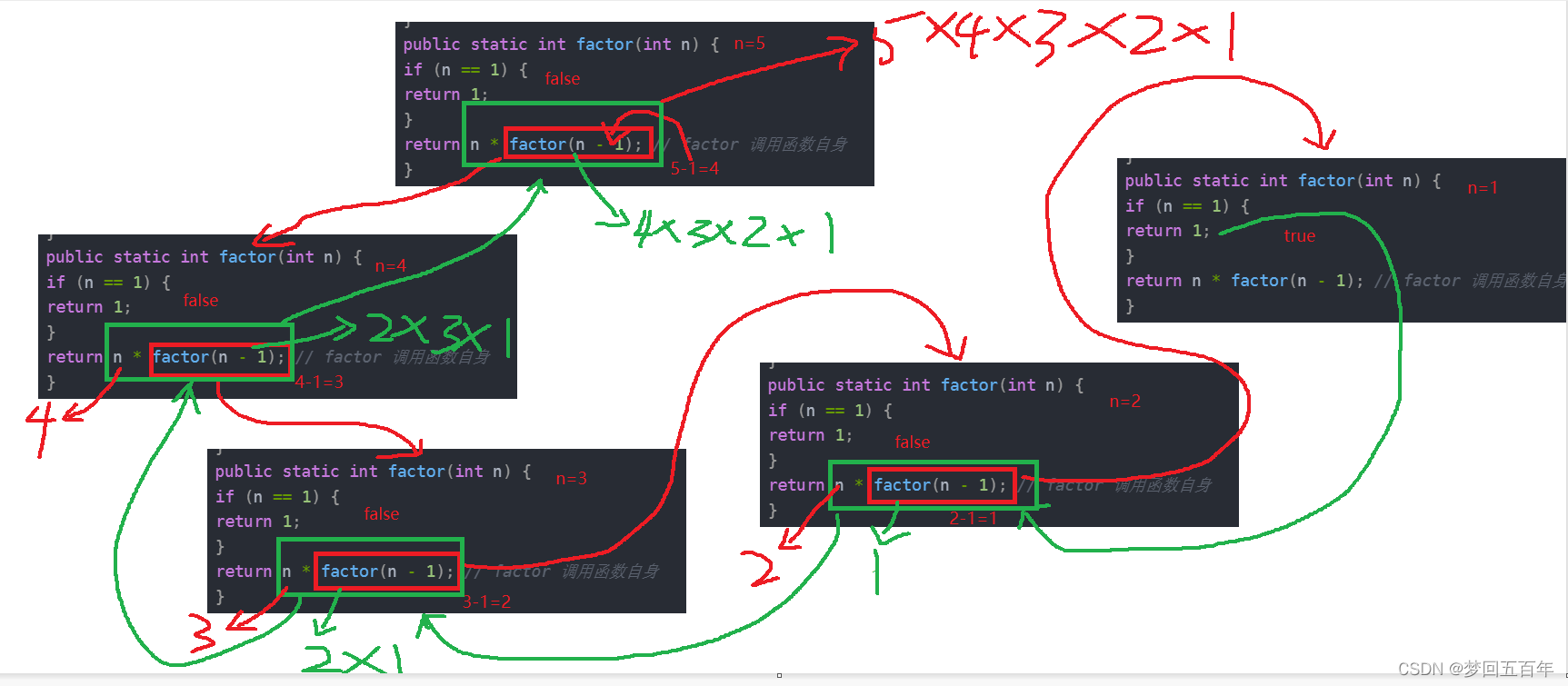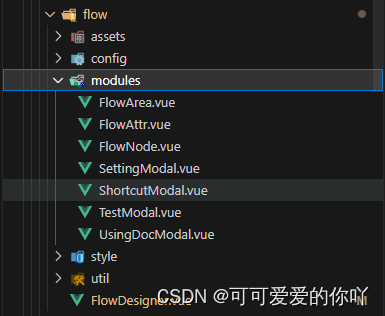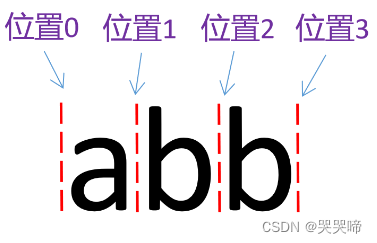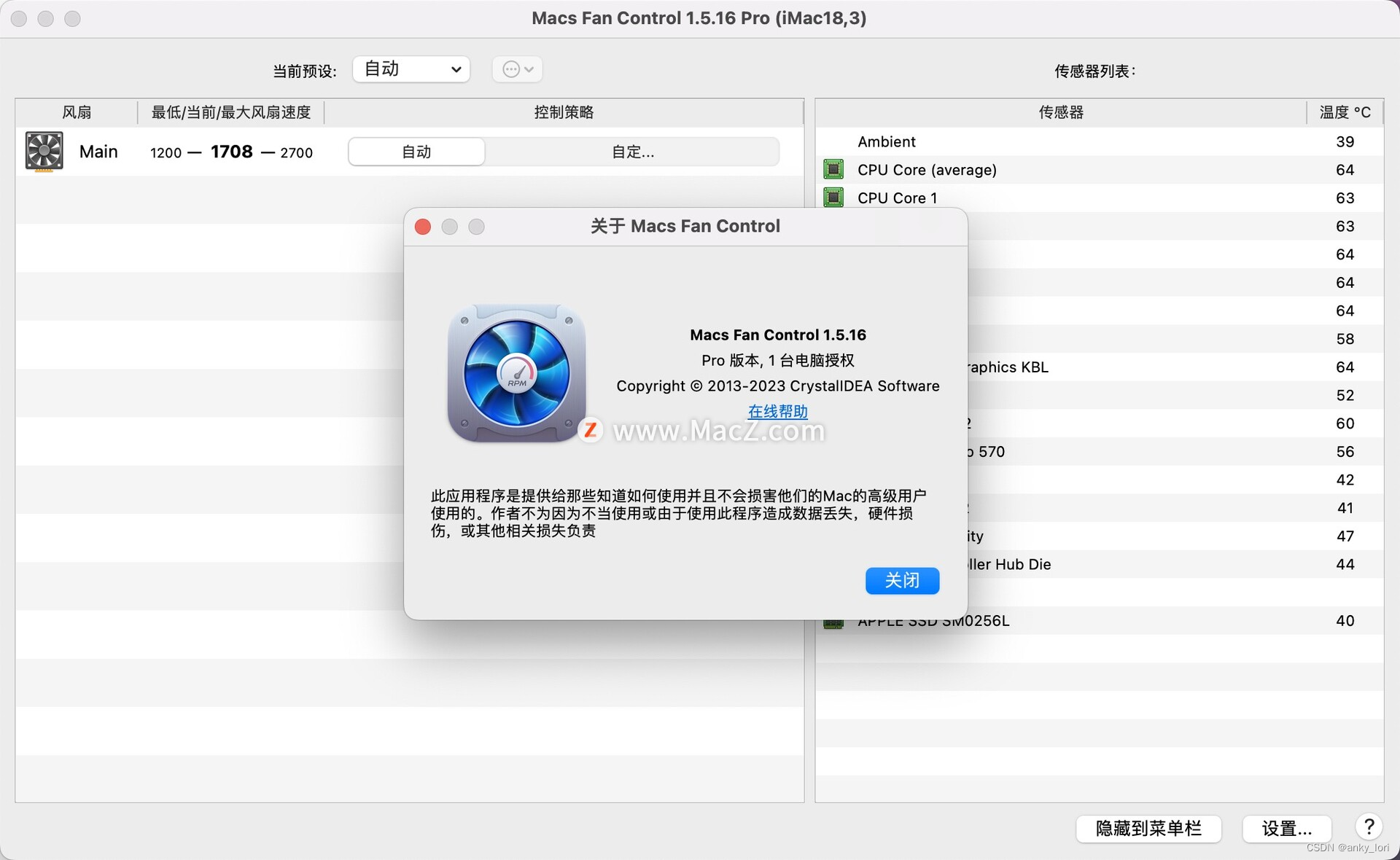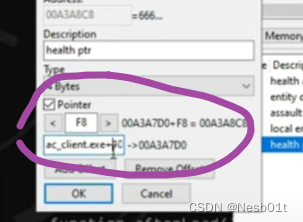一、put方法
put方法的源码如下:

由此可见put的核心方法为putVal()
putVal方法各参数值讲解:
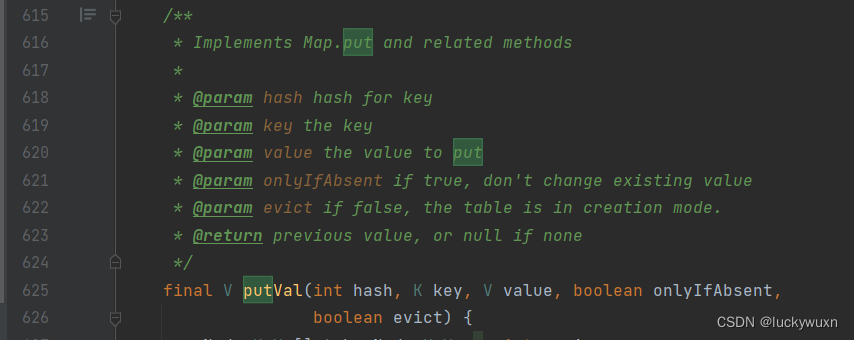
前面三个参数不做过多讲解,第4个参数是控制是否要覆盖原来key中已经存在的值,比如HashMap的putIfAbsent方法调的也是putVal方法,它的第4个参数传的值为true,因此putIfAbsent方法不会覆盖原有的值。

二、putVal方法
putVal方法的源码解析如下:
final V putVal(int hash, K key, V value, boolean onlyIfAbsent,boolean evict) {Node<K,V>[] tab; Node<K,V> p; int n, i;// 如果数组为空,进行 resize() 初始化if ((tab = table) == null || (n = tab.length) == 0)n = (tab = resize()).length;// (n - 1) & hash相当于取模,获取数组的索引位置// 如果计算的位置上Node不存在,直接创建节点插入if ((p = tab[i = (n - 1) & hash]) == null)tab[i] = newNode(hash, key, value, null);else {// 如果计算的位置上Node 存在,链表或者红黑树处理Node<K,V> e; K k;// 如果已存在的key和传入的key一模一样,则需要覆盖if (p.hash == hash &&((k = p.key) == key || (key != null && key.equals(k))))e = p;// 如果 index 位置元素已经存在,且是红黑树else if (p instanceof TreeNode)// 将元素put到红黑树中e = ((TreeNode<K,V>)p).putTreeVal(this, tab, hash, key, value);else {// 否则如果是链表的情况,对链表进行遍历,并统计链表长度for (int binCount = 0; ; ++binCount) {// 如果节点链表的next为空if ((e = p.next) == null) {// 找到节点链表中next为空的节点,创建新的节点插入p.next = newNode(hash, key, value, null);// 如果节点链表中数量超过TREEIFY_THRESHOLD(8)个,转化为红黑树if (binCount >= TREEIFY_THRESHOLD - 1) // -1 for 1st// 树化treeifyBin(tab, hash);break;}// 判断节点链表中的key和传入的key是否一样if (e.hash == hash &&((k = e.key) == key || (key != null && key.equals(k))))// 如果一样的话,退出break;p = e;}}// 如果存在相同key的节点e不为空if (e != null) { // existing mapping for keyV oldValue = e.value;// onlyIfAbsent 表示是否仅在 oldValue 为 null 的情况下更新键值对的值if (!onlyIfAbsent || oldValue == null)// 设置新的值e.value = value;afterNodeAccess(e);// 返回旧的结果return oldValue;}}++modCount;// 当前大小大于临界大小,扩容if (++size > threshold)resize();afterNodeInsertion(evict);return null;
}
2.1、补充点
- put方法第5个参数evict在hashMap中并没有实际意义,只有在子类方法中才会使用到。
put方法第5个参数evict只调用了afterNodeInsertion(evict),而afterNodeInsertion(evict)是一个空方法,如下图所示。

- (n - 1) & hash
(n - 1) & hash相当于取模,但与计算比取模的效率要高。
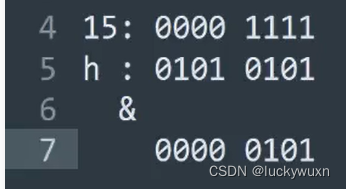
三、resize方法
resize方法是一个扩容的方法,同时也是一个初始化HashMap的方法。
resize方法的源码解析如下:
final Node<K,V>[] resize() {Node<K,V>[] oldTab = table;// 现有容量的大小,等于数组的长度,如果数组为空,返回0int oldCap = (oldTab == null) ? 0 : oldTab.length;// 现有的扩容阈值int oldThr = threshold;// newCap表示新的容量,newThr新的扩容阈值int newCap, newThr = 0;// 如果现有容量大于0,表示已经初始化过了if (oldCap > 0) {// 如果现有容量已经大于最大容量。结束扩容,直接返回if (oldCap >= MAXIMUM_CAPACITY) {threshold = Integer.MAX_VALUE;return oldTab;}// 否则,如果扩大两倍之后的容量小于最大容量,且现有容量大于等于初始容量16 else if ((newCap = oldCap << 1) < MAXIMUM_CAPACITY &&oldCap >= DEFAULT_INITIAL_CAPACITY)// 新的扩容阀值扩大为两倍,左移<<1 相当于乘以2newThr = oldThr << 1; // double threshold}// 否则如果当前容量等于0 ,但是当前扩容阈值 > 0,调用有参构造函数会到这里else if (oldThr > 0) // initial capacity was placed in threshold// 进入这里,新的容量等于当前的扩容阈值,newCap = oldThr;// 否则如果当前容量等于0,并且挡墙扩容阈值=0,调用无参构造函数进入这里else { // 新的容量等于默认容量newCap = DEFAULT_INITIAL_CAPACITY;// 新的扩容阈值等于默认负载因子0.75*默认容量16=12newThr = (int)(DEFAULT_LOAD_FACTOR * DEFAULT_INITIAL_CAPACITY);}// 如果新的扩容阈值等于0if (newThr == 0) {// 设置新的扩容阈值等于新的容量*负载因子float ft = (float)newCap * loadFactor;newThr = (newCap < MAXIMUM_CAPACITY && ft < (float)MAXIMUM_CAPACITY ?(int)ft : Integer.MAX_VALUE);}// 设置hashmap对象的扩容阈值位新的扩容阈值threshold = newThr;@SuppressWarnings({"rawtypes","unchecked"})// 初始化数组 Node<K,V>[] newTab = (Node<K,V>[])new Node[newCap];// 设置hashmap对象的桶数组为newTabtable = newTab;// 下面时rehash的过程// 如果旧的桶数组不为空,则遍历桶数组,并将键值对映射到新的桶数组中if (oldTab != null) {// 遍历老的数组for (int j = 0; j < oldCap; ++j) {Node<K,V> e;// 如果数组索引位置不为空if ((e = oldTab[j]) != null) {oldTab[j] = null;// 如果节点下面没有链表或者红黑树if (e.next == null)// 用新数组容量取模,设置到新数组中newTab[e.hash & (newCap - 1)] = e;// 如果节点是红黑树 else if (e instanceof TreeNode)// 需要对红黑树进行拆分((TreeNode<K,V>)e).split(this, newTab, j, oldCap);// 如果节点是链表 else { // preserve orderNode<K,V> loHead = null, loTail = null;Node<K,V> hiHead = null, hiTail = null;Node<K,V> next;// 遍历链表,并将链表节点按原顺序根据高低位分组do {next = e.next;if ((e.hash & oldCap) == 0) {if (loTail == null)loHead = e;elseloTail.next = e;loTail = e;}else {if (hiTail == null)hiHead = e;elsehiTail.next = e;hiTail = e;}} while ((e = next) != null);// 将分组后的链表映射到新桶中if (loTail != null) {loTail.next = null;newTab[j] = loHead;}if (hiTail != null) {hiTail.next = null;newTab[j + oldCap] = hiHead;}}}}}return newTab;
}
3.1、补充点
- 扩容后链表的处理方法:
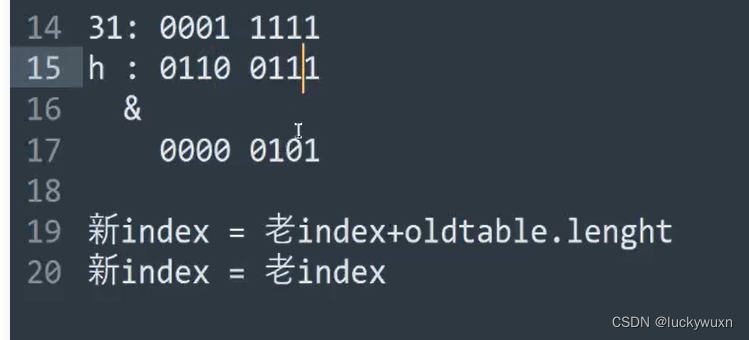
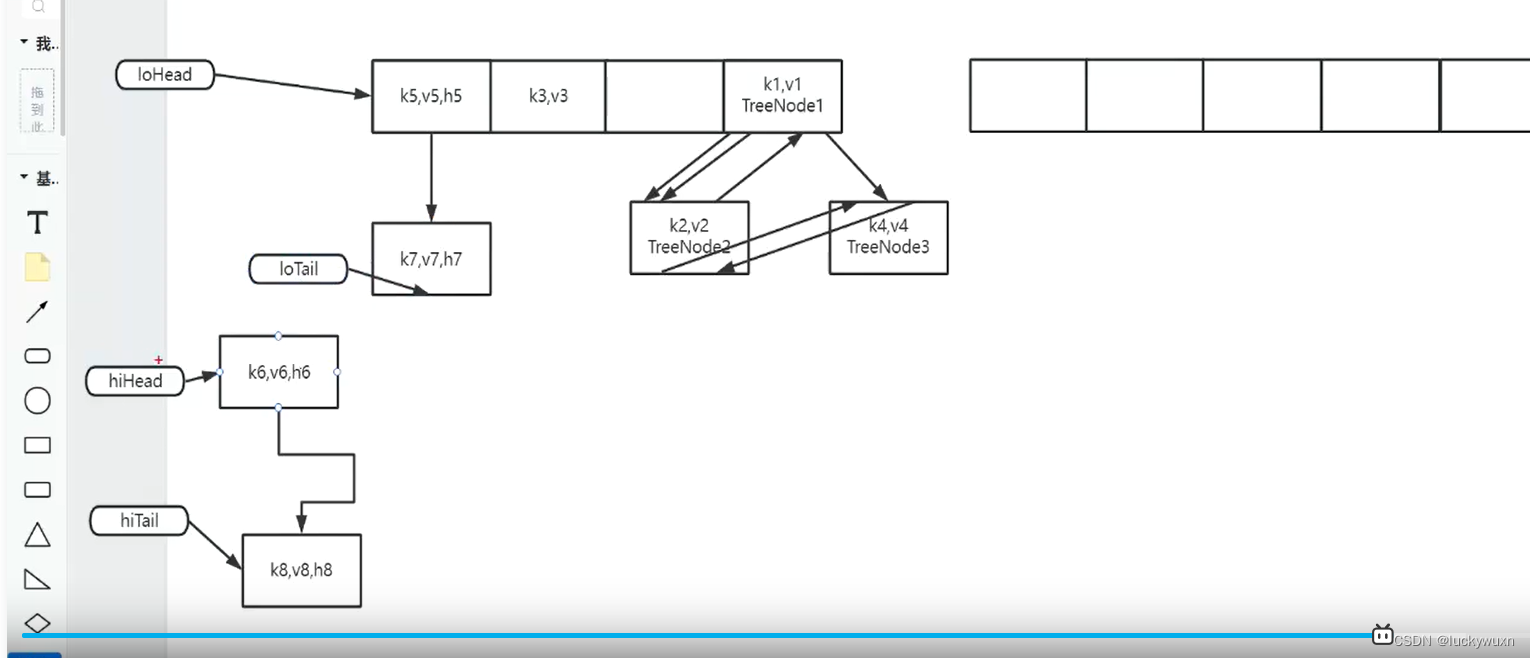
- 扩容后红黑树的处理方法:
红黑树的拆分也是分低位和高位的。如果拆分后节点大于6个,则还是红黑树、如果节点数小于6个,则要退化成链表。
四、treeifyBin方法
treeifyBin方法将普通节点链表转换成树形节点。
扩容树化要满足两个条件:
- 链表长度大于等于 8
- 桶数组容量大于等于64
treeifyBin方法的源码解析如下:
final void treeifyBin(Node<K,V>[] tab, int hash) {int n, index; Node<K,V> e;// 桶数组容量小于 MIN_TREEIFY_CAPACITY,优先进行扩容而不是树化if (tab == null || (n = tab.length) < MIN_TREEIFY_CAPACITY)resize();else if ((e = tab[index = (n - 1) & hash]) != null) {// hd 为头节点(head),tl 为尾节点(tail)TreeNode<K,V> hd = null, tl = null;do {// 将普通节点替换成树形节点TreeNode<K,V> p = replacementTreeNode(e, null);if (tl == null)hd = p;else {p.prev = tl;tl.next = p;}tl = p;} while ((e = e.next) != null);// 将普通链表转成由树形节点if ((tab[index] = hd) != null)// 将树形链表转换成红黑树hd.treeify(tab);}}

